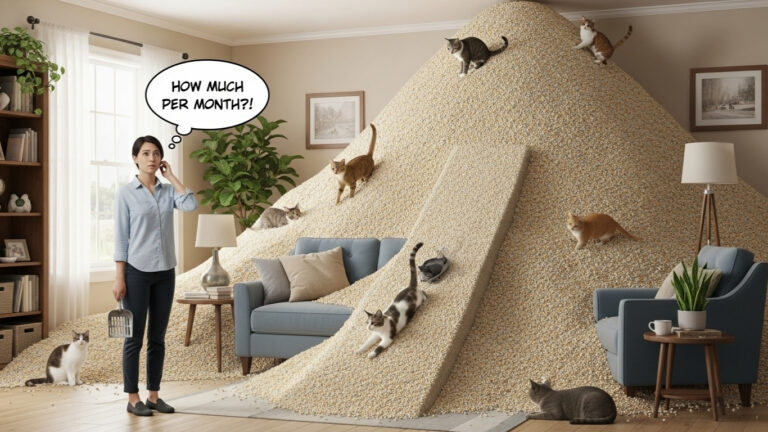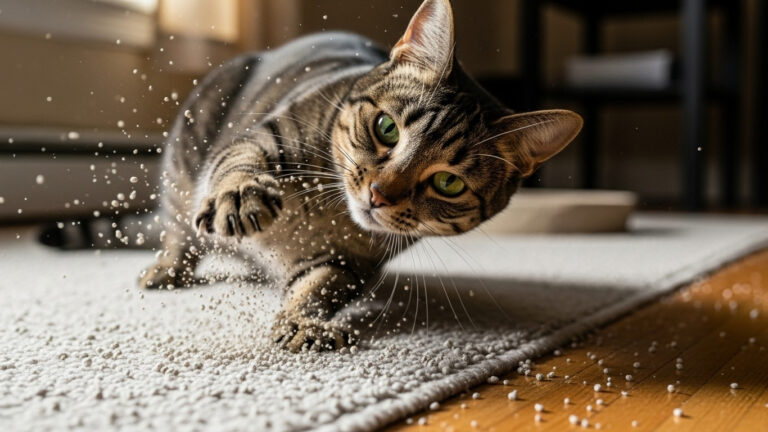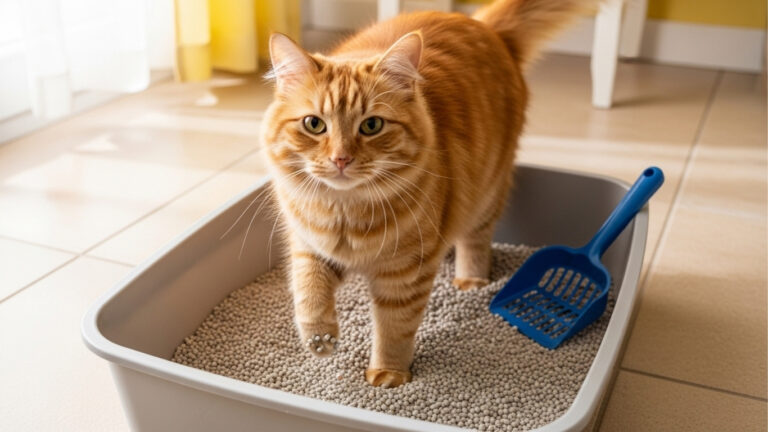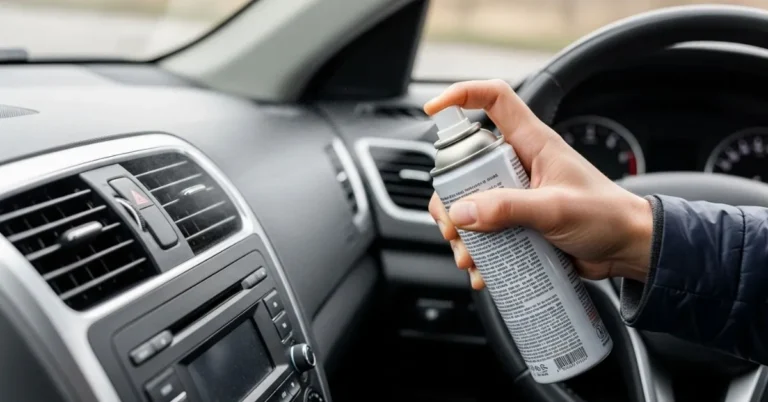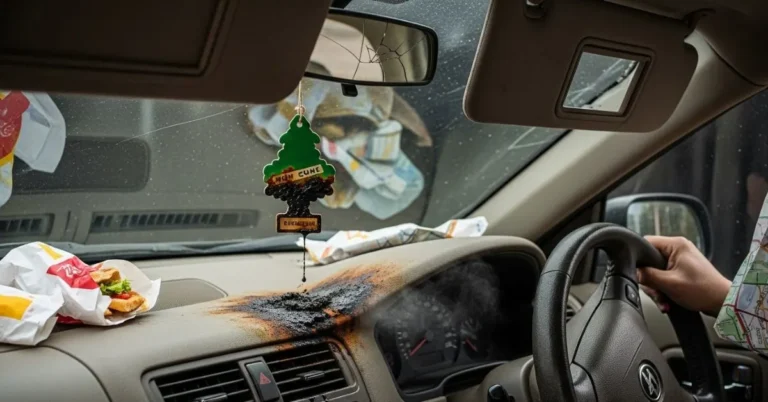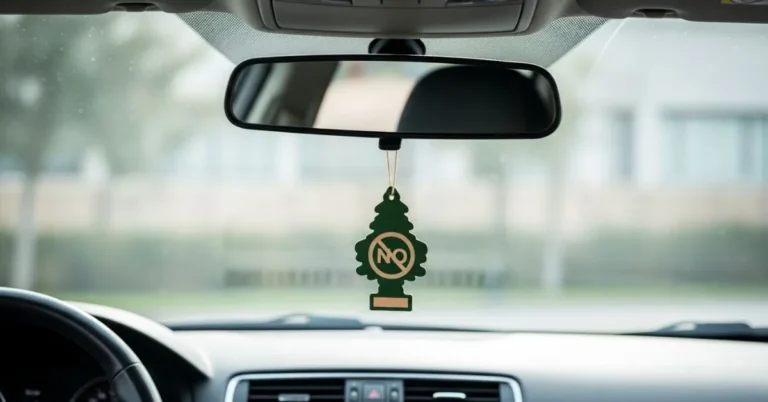If you’re standing in your laundry room, bathroom, or the corner of your hallway staring down a freshly cleaned litter box and whispering to yourself, “Okay… but how much cat litter do I put in this thing?” you are not alone.
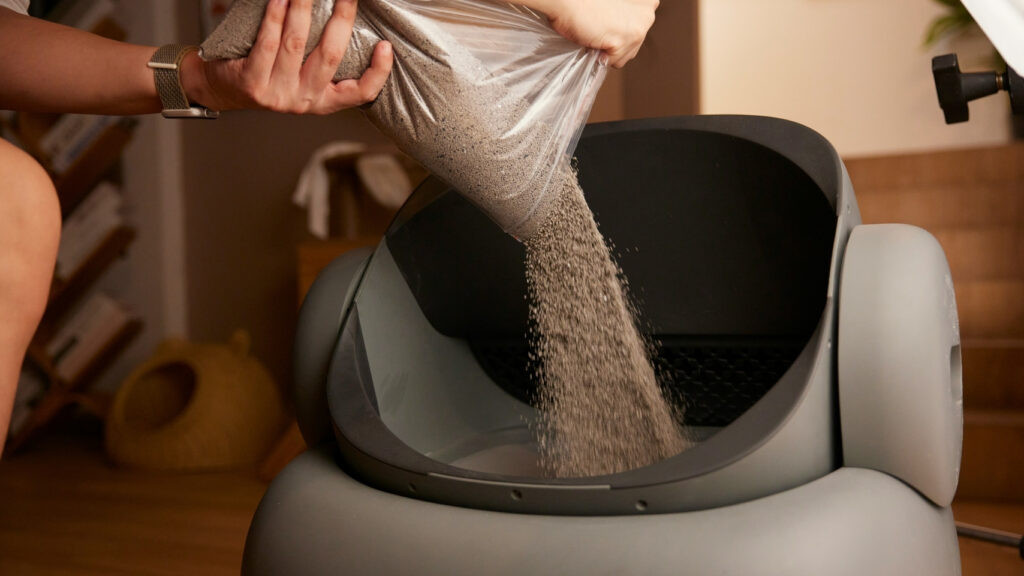
Believe it or not, this is one of feline care’s most overlooked yet crucial parts. And whether you’re a first-time cat parent or a seasoned multi-cat wrangler, getting the answer to how much cat litter to put in box right can make the difference between a stink-free home and daily nose-pinching regret.
Let’s scoop up some clarity, sprinkle in expert advice, and find the spot between underfilling and drowning your cat’s paws in a sandy sea.
Contents
- 1 The Sweet Spot: How Much Cat Litter to Put in Box (And Why It Matters)
- 2 Litter Box Size and Shape: Not All Boxes Are Created Equal
- 3 Litter Type Affects How Much You Need
- 4 Multi-Cat Households? Multiply Your Litter Smarts
- 5 Topping Off vs Full Replacement
- 6 🚫 What NOT to Do: Common Mistakes
- 7 Helpful Tools to Make It Easier
- 8 Save Money by Using the Right Amount
- 9 Composting Cat Litter: Is It Safe?
- 10 FAQs: How Much Cat Litter to Put in Box
- 11 Final Thoughts: Scoop Smarter, Not Harder
- 12 About the Author
The Sweet Spot: How Much Cat Litter to Put in Box (And Why It Matters)
So here’s the golden rule:
2 to 3 inches of cat litter is ideal for most standard-sized litter boxes and average adult cats.
But why that range? Let’s break it down:
- 2 inches gives cats enough to dig and bury without going overboard.
- 3 inches add extra absorption and odour protection, especially in multi-cat homes.
Going below that range can lead to:
- Urine pooling at the bottom (hello, ammonia stench),
- Sticky messes you’ll have to scrape later,
- An annoyed cat who might just do their business elsewhere.
Going overboard (we’re looking at you, 5-inch-fillers) leads to:
- Massive litter tracking all over your floors,
- More waste (which = more $$ spent),
- Cats flinging litter like confetti at a birthday party.
Litter Box Size and Shape: Not All Boxes Are Created Equal
Before you start pouring, consider the size and shape of the litter box.
- Standard box (18″ x 14″) ➝ 2–3 inches of litter (approx. 5–6 full scoops)
- Extra-large box or covered box ➝ 3–3.5 inches might be necessary
- High-sided or sifting boxes ➝ Stick to 2 inches for optimal function
Tip: Try using a scoop with measurement lines (yes, they exist!) to consistently refill the right amount.
Litter Type Affects How Much You Need
Different litters = different absorbency and usage. So let’s scoop into how each one changes the rules:
Clumping Clay Litter
- Most popular for a reason super absorbent, easy to scoop.
- Use 2–3 inches and top off as needed.
Biodegradable Litter (Corn, Wheat, Coconut, etc.)
- Great for the eco-conscious cat parent.
- It may require 3–4 inches for similar odour and moisture control.
Wood or Paper Pellets
- Absorb from the bottom up and break down into sawdust or fluff.
- Fill 2–3 inches, but stir daily to avoid soggy surprises.
Sustainability Bonus: Biodegradable litters may cost a bit more upfront but tend to go further, plus they’re better for the environment.
Read More: How to Move a Cat’s Litter Box Without Stressing Your Feline
Multi-Cat Households? Multiply Your Litter Smarts
The equation changes slightly if you’re blessed with more than one cat.
Rule of Paw:
You’ll want one litter box for each cat in your home, plus one more for good measure.
So for 2 cats ➝ 3 litter boxes.
Each box still gets the exact 2–3 inches of litter, but regular scooping and topping off become even more critical.
More cats = more output = faster litter breakdown = more frequent top-ups.
Trust me, your nose (and your cats) will thank you.
Topping Off vs Full Replacement
Here’s how to maintain that ideal litter depth without wasting time or money:
- Daily: Scoop solids and clumps. Check the depth and add fresh litter to stay within the 2–3 inch range.
- Weekly: Empty the box entirely. Wash with unscented soap and hot water. Dry thoroughly, and refill with fresh litter.
Cats are clean creatures and might protest a neglected box. If you’ve ever found a little surprise just outside the box now you know why.
🚫 What NOT to Do: Common Mistakes
Even experienced cat owners fall into these traps:
❌ Overfilling the Box
It’s tempting to think that more is better, but more litter means more tracking, more waste, and more cleaning.
❌ Skipping Daily Maintenance
Litter compresses and depletes quickly. Topping off prevents sticky, unsanitary messes.
❌ Using a Small, Cramped Box
Even if you’ve nailed the litter depth, a cramped box can still turn your cat off. Aim for a litter box at least one and a half times your cat’s body length more room means more comfort and fewer accidents.
Helpful Tools to Make It Easier
Want to make litter life cleaner, quicker, and, dare we say pleasant? Add these budget-friendly tools to your setup:
- Litter Scoop with Measurements – no more guessing!
- Litter Mats – catch those paw-prints before they hit the floor
- Odour Absorbing Additives – baking soda or charcoal-based
- Litter Box Liners – optional but helpful for quick changes
- Sifting Litter Boxes – if you’re tired of scooping daily
You don’t need all of them, but one or two can be game-changers for your daily routine.
Save Money by Using the Right Amount
Let’s talk dollars and sense (see what we did there?). Using too much litter doesn’t just cause messes it also empties your wallet faster.
Here’s a simple tip:
- Maintain the 2–3 inch depth consistently
- Only replace what’s been removed, not the whole box
- Avoid waste by choosing high-quality litter that clumps efficiently
You’ll stretch your supply and save a lot over time.
Composting Cat Litter: Is It Safe?
You can toss biodegradable litter into your compost bin. But be careful!
- Cat waste can carry toxoplasmosis, a parasite dangerous to humans.
- Never use composted litter in vegetable or herb gardens.
Check with your local municipality some areas now offer pet waste composting programs or guidelines for safe disposal.
Read More: Is Fresh Step Cat Litter Good? Honest Review from a Cat Owner
FAQs: How Much Cat Litter to Put in Box
1. Can I eyeball the litter depth?
Yes, but remember that 2–3 inches is the goal. A scoop with lines or a visual memory of the depth helps with consistency.
2. What if my cat digs to the bottom every time?
Try adding an extra half-inch of litter. Some cats love deep digging, so give them more “room to dig.”
3. Does kitten litter require a different amount?
Nope, the depth remains the same. However, to avoid ingestion risks, use non-clumping litter for kittens under 4 months.
4. How do I reduce tracking?
Use less litter (not more) and a proper litter mat, and avoid overfilling the box.
5. How often should I change the litter completely?
Weekly is ideal for most homes. Every 4–5 days may be better for multi-cat households or sensitive noses.
Final Thoughts: Scoop Smarter, Not Harder
When figuring out how much cat litter to put in box, the answer isn’t glamorous but it is game-changing.
By adhering to the 2–3 inch rule, tailoring it to your litter type and cat’s habits, and staying consistent with cleaning, you’ll avoid odour issues, save money, and most importantly keep your cat happy.
Because let’s face it: if your cat isn’t happy, no one in the house is happy.

